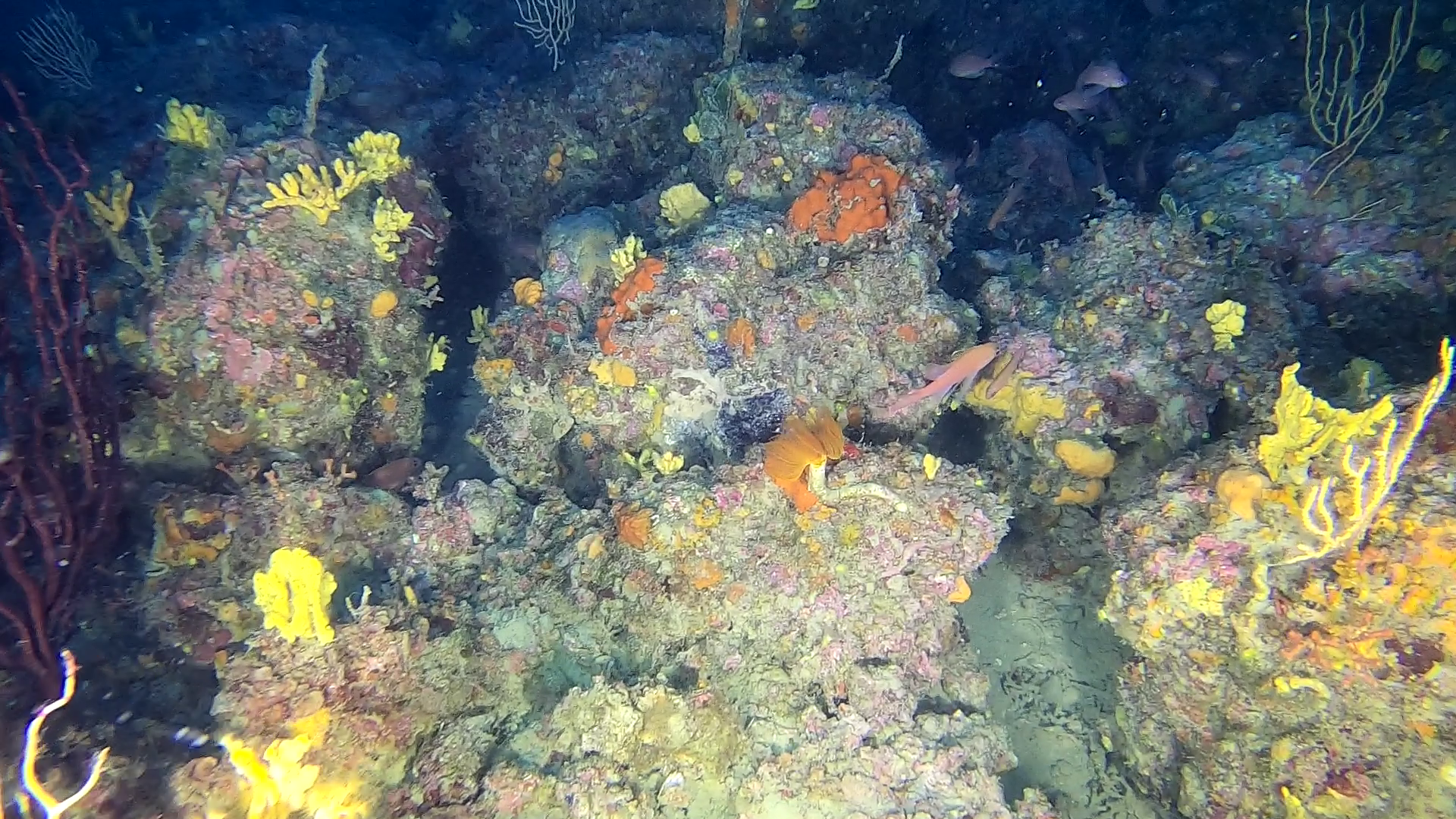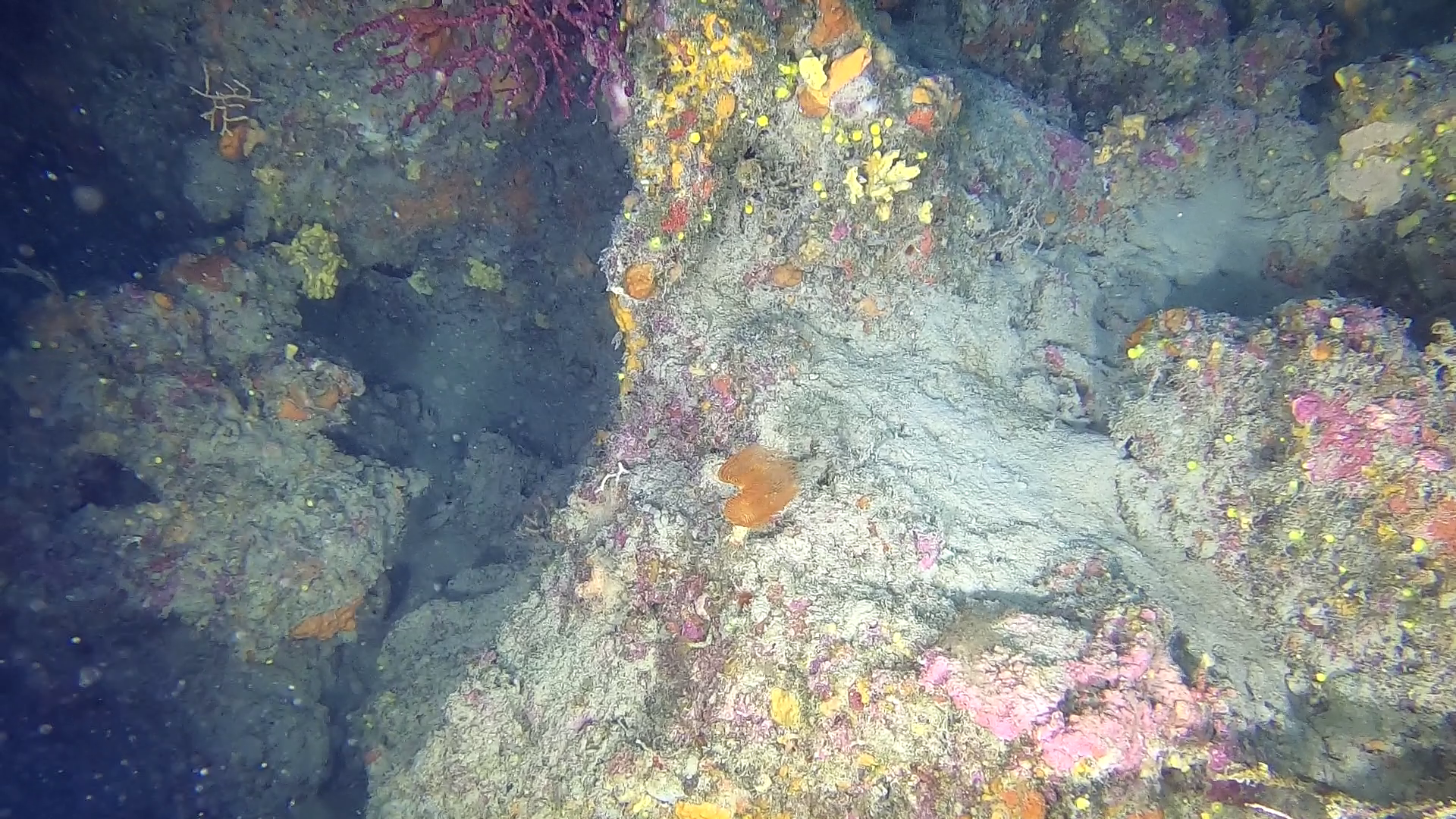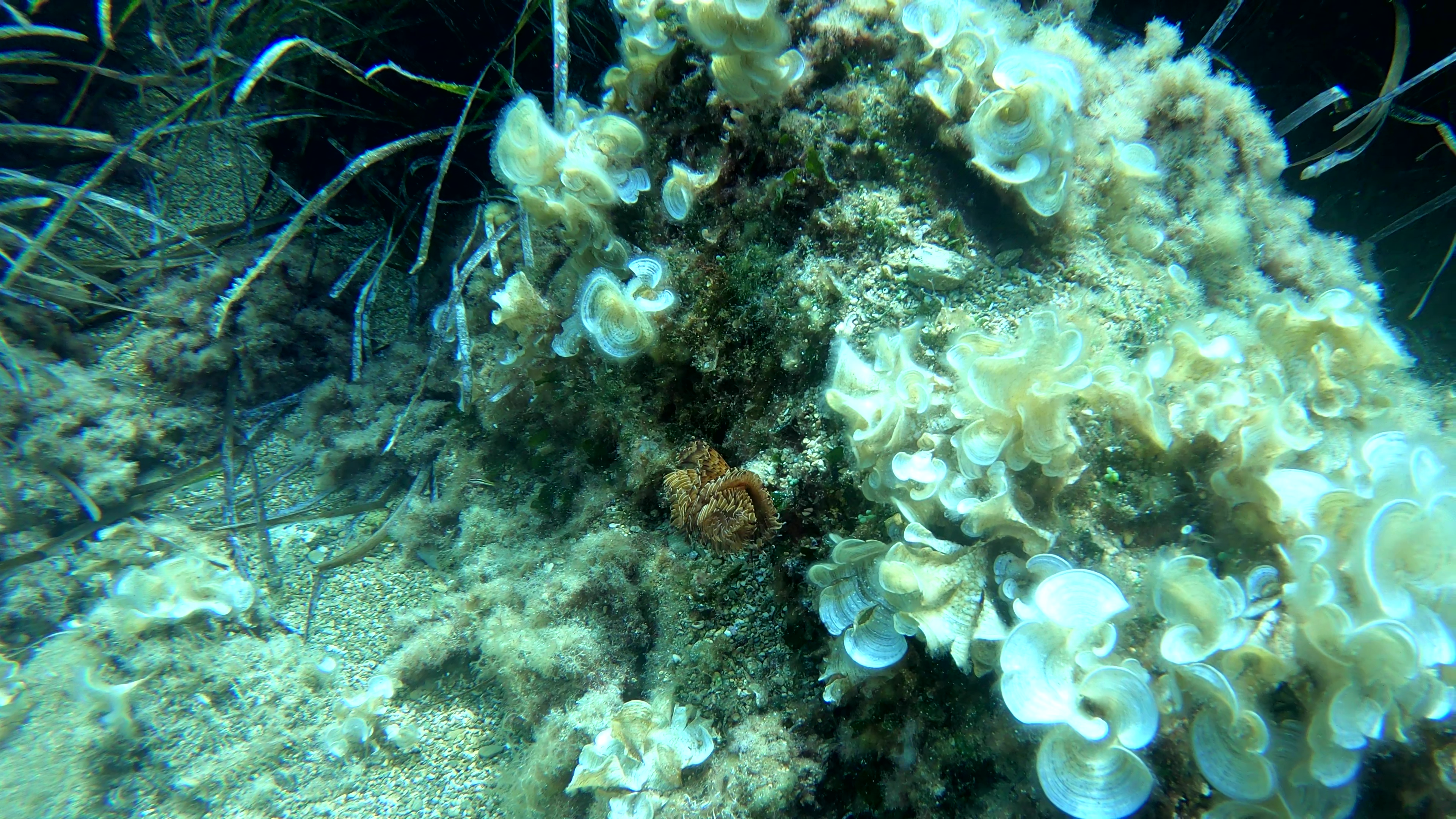Red-tuft Protula - Protula tubularia
Red-tuft Protula lives throughout the Mediterranean Sea in small tubes at depths that can vary from 10 meters to over 100 meters.It is a very common annelid throughout the Mediterranean and therefore we can easily find it among the Posidonia oceanica meadows, on the various detrital bottoms and in coral reefs. protula ciuffo rosso Protula tubularia intotheblue.it
Red color characterizes this worm from the other species of the same family

Protula tubularia or Protula with the red tuft is a worm that belongs to the class of sedentary Polychaeta and to the order of the Serpulidae.The Serpulidae are a family of sessile, tube-building annelid worms in the class Polychaeta. The members of this family differ from other sabellid tube worms in that they have a specialized operculum that blocks the entrance of their tubes when they withdraw into the tubes. In addition, serpulids secrete tubes of calcium carbonate.
Serpulids are the most important biomineralizers among annelids. About 300 species in the family Serpulidae are known, all but one of which live in saline waters.

The earliest serpulids are known from the Permian (Wordian to late Permian). The blood of most species of serpulid and sabellid worms contains the oxygen-binding pigment chlorocruorin. This is used to transport oxygen to the tissues. It has an affinity for carbon monoxide which is 570 times as strong as that of the haemoglobin found in human blood.
Empty serpulid shells can sometimes be confused with the shells of a family of marine gastropod mollusk, the Vermetidae or worm snails. The most obvious difference is that serpulid shells are dull inside, whereas the molluscan vermetid shells are shiny inside.

Gallery
Video Gallery
